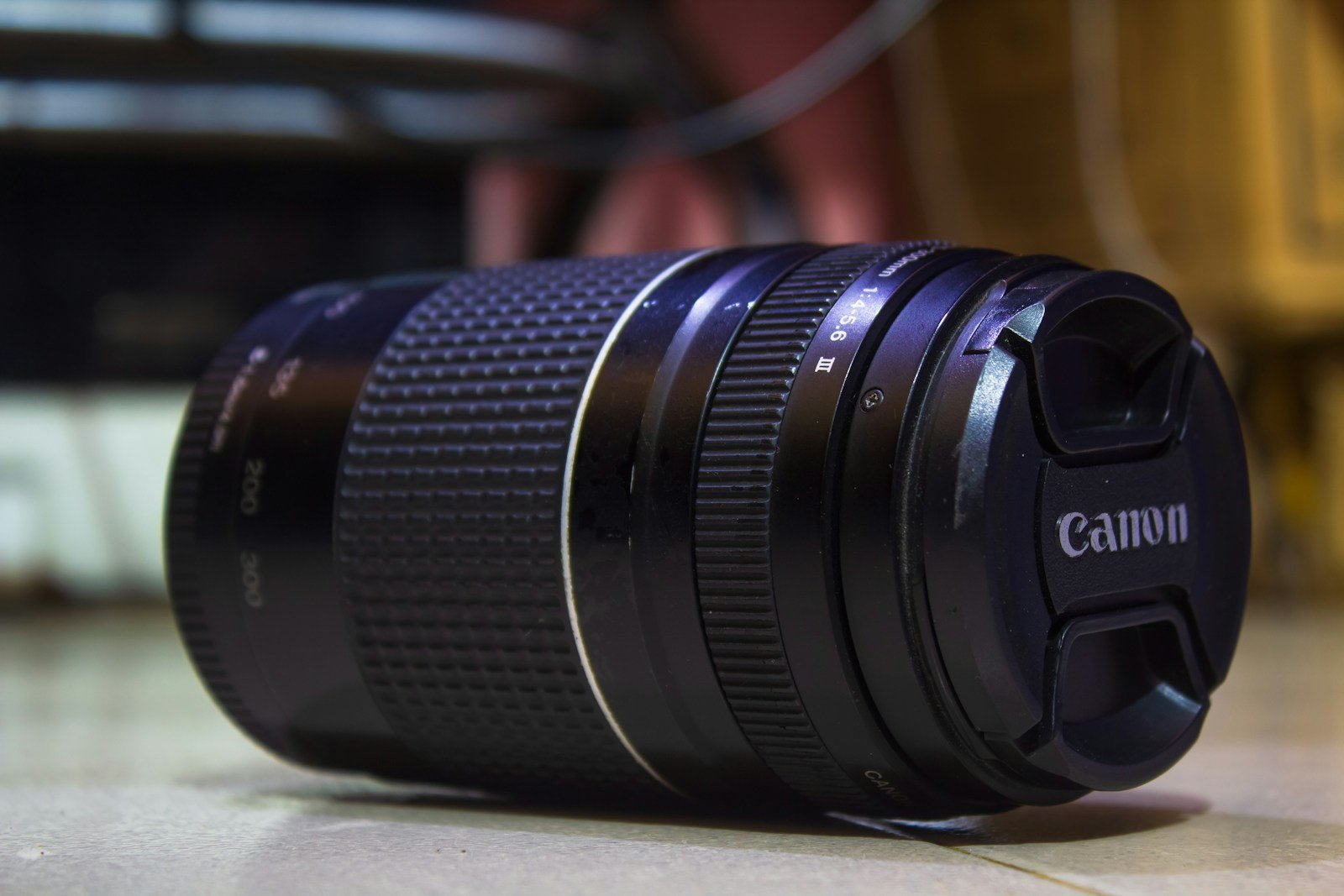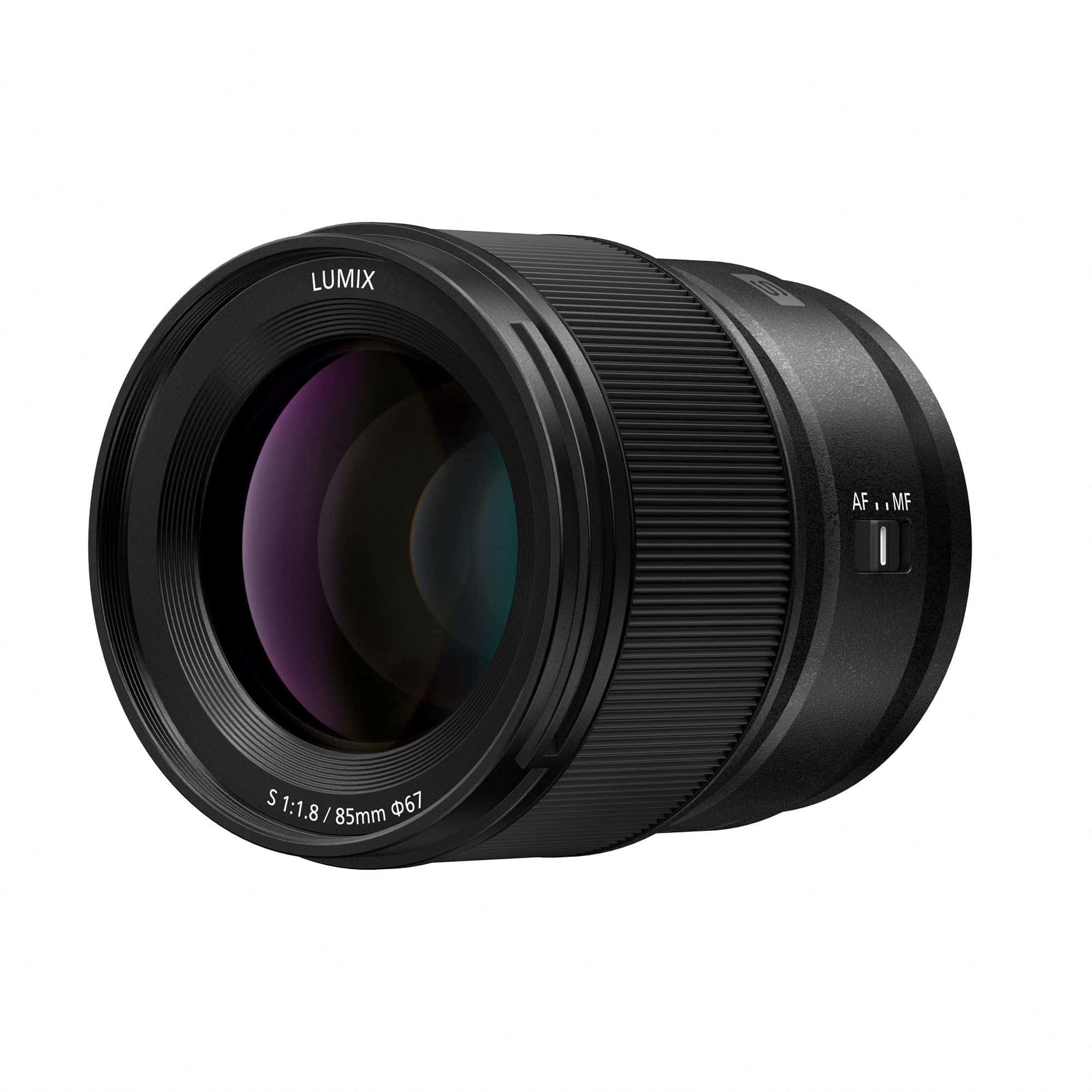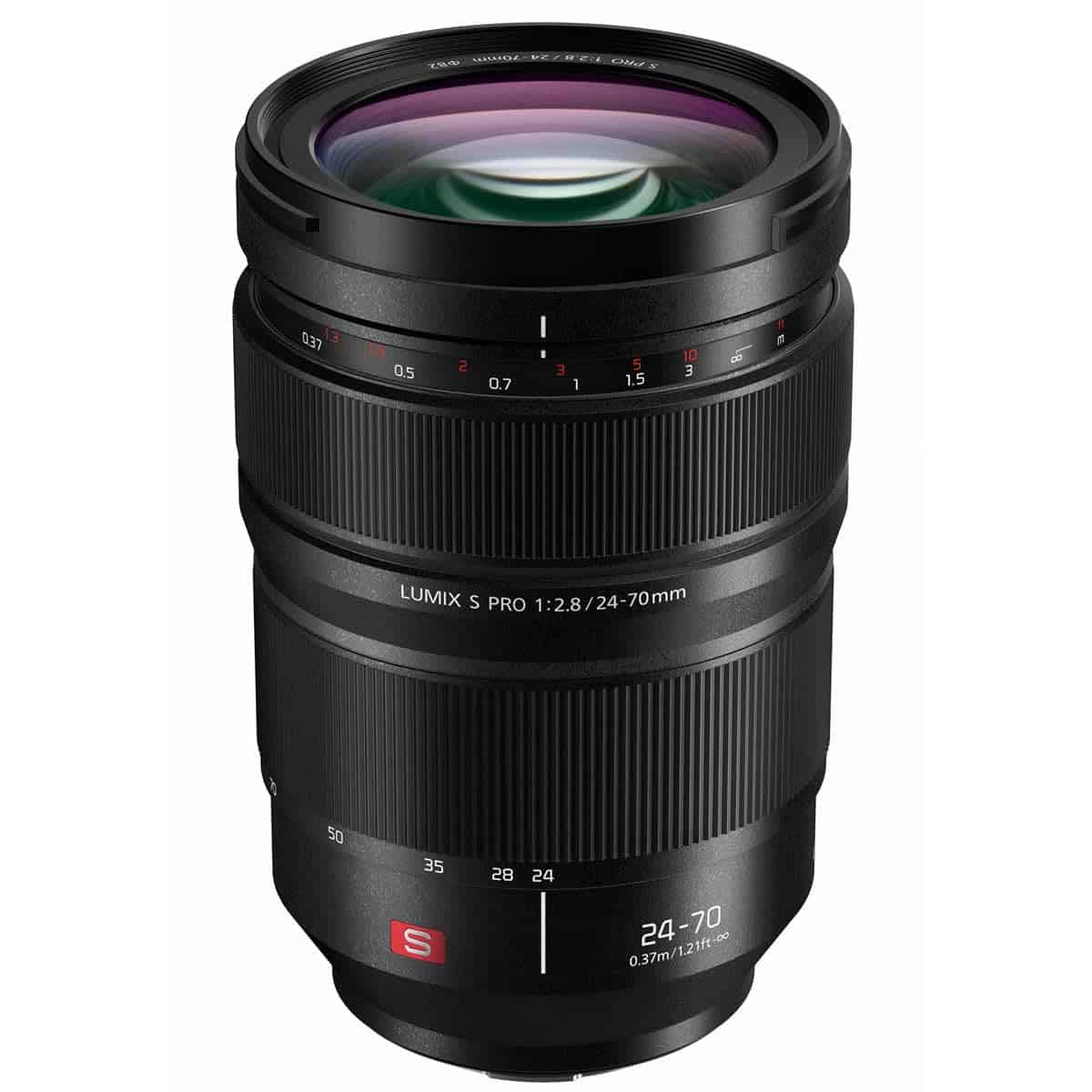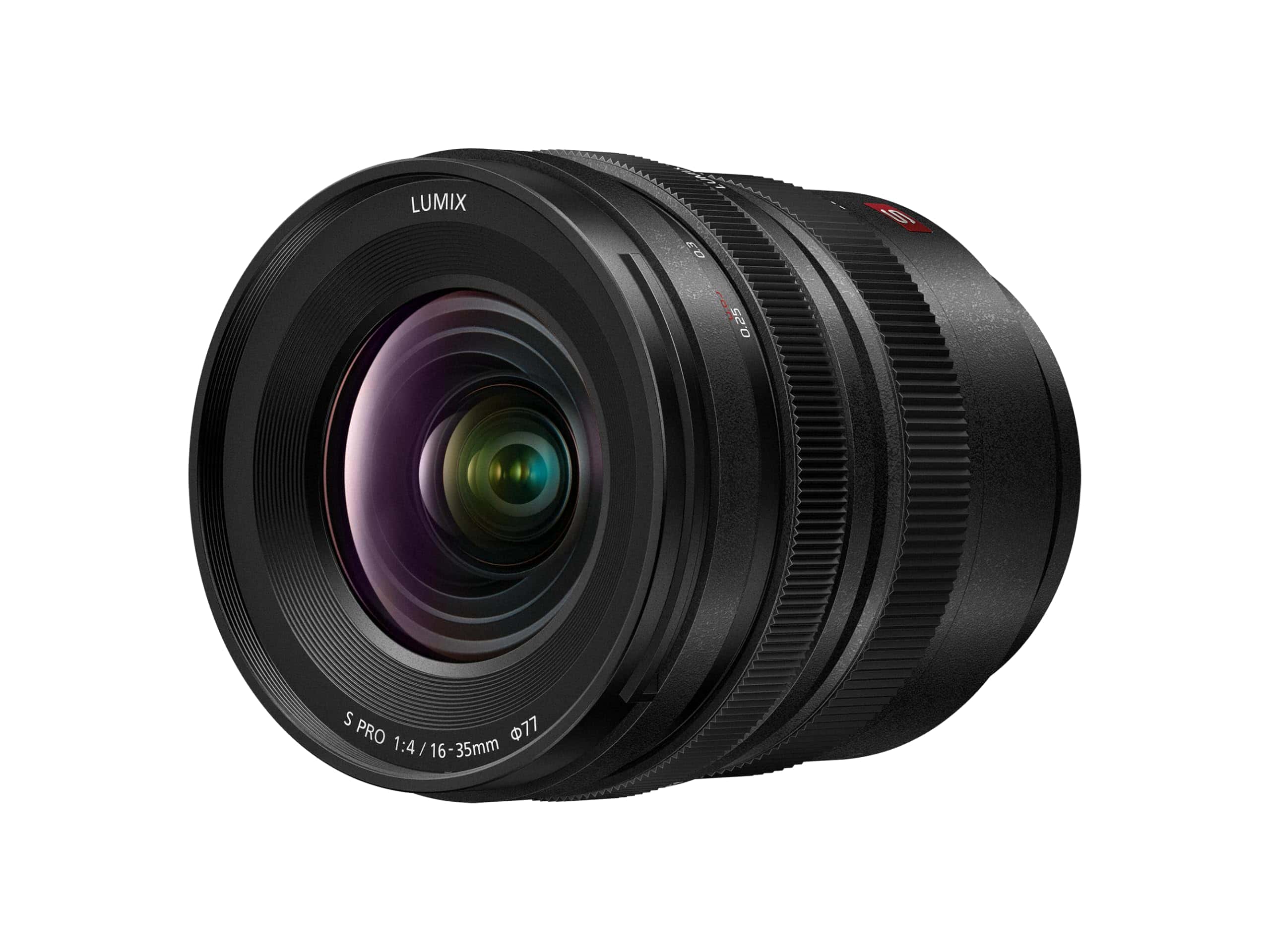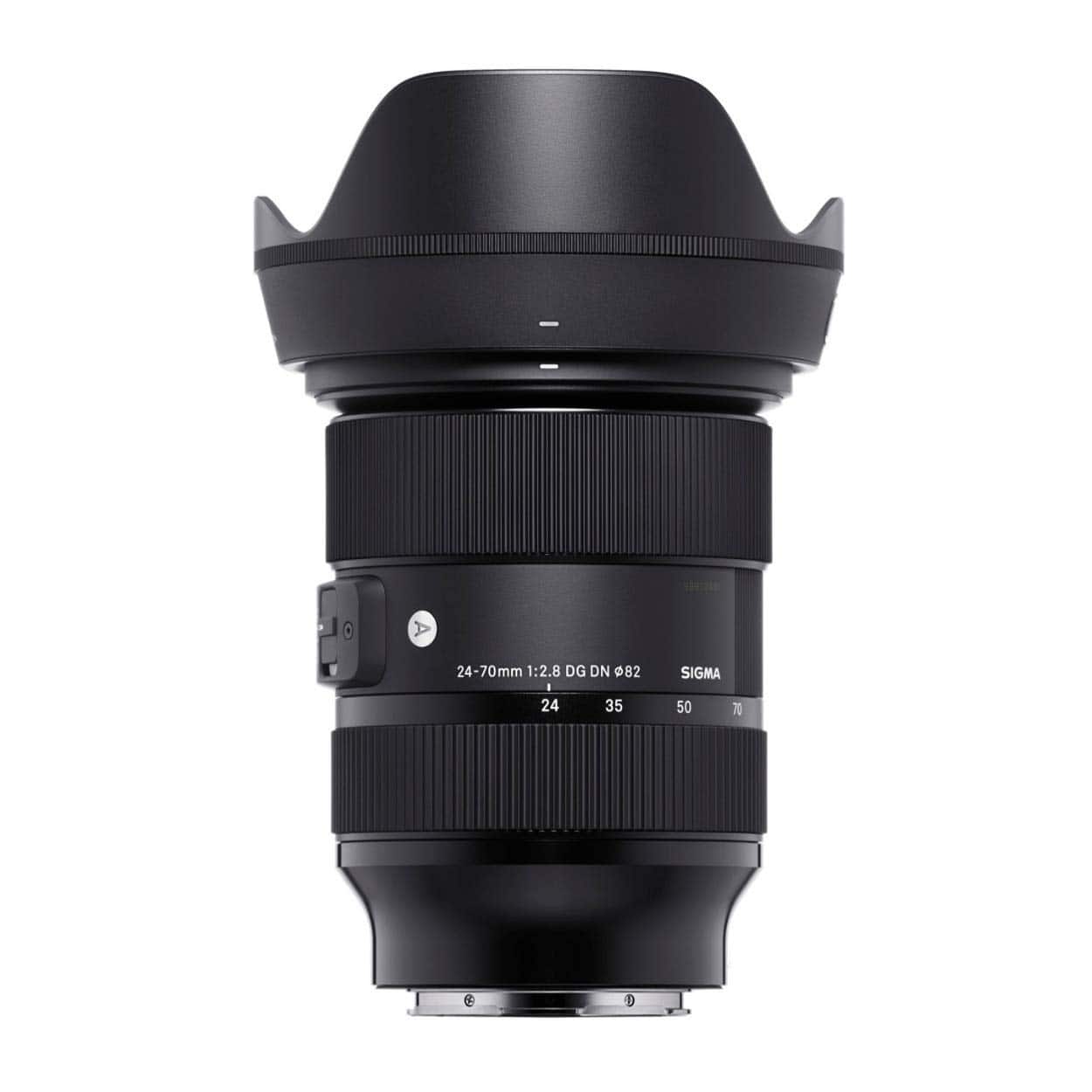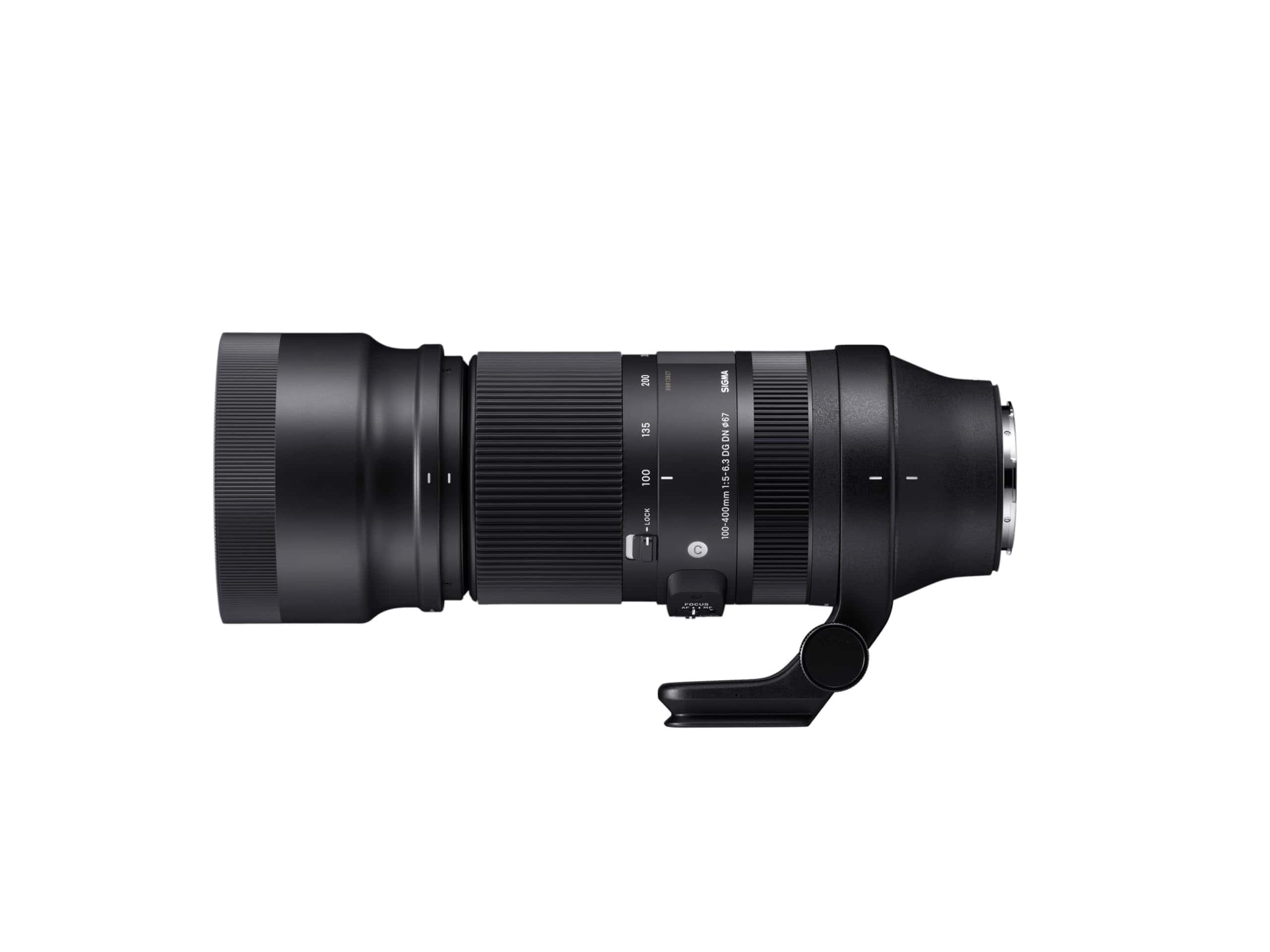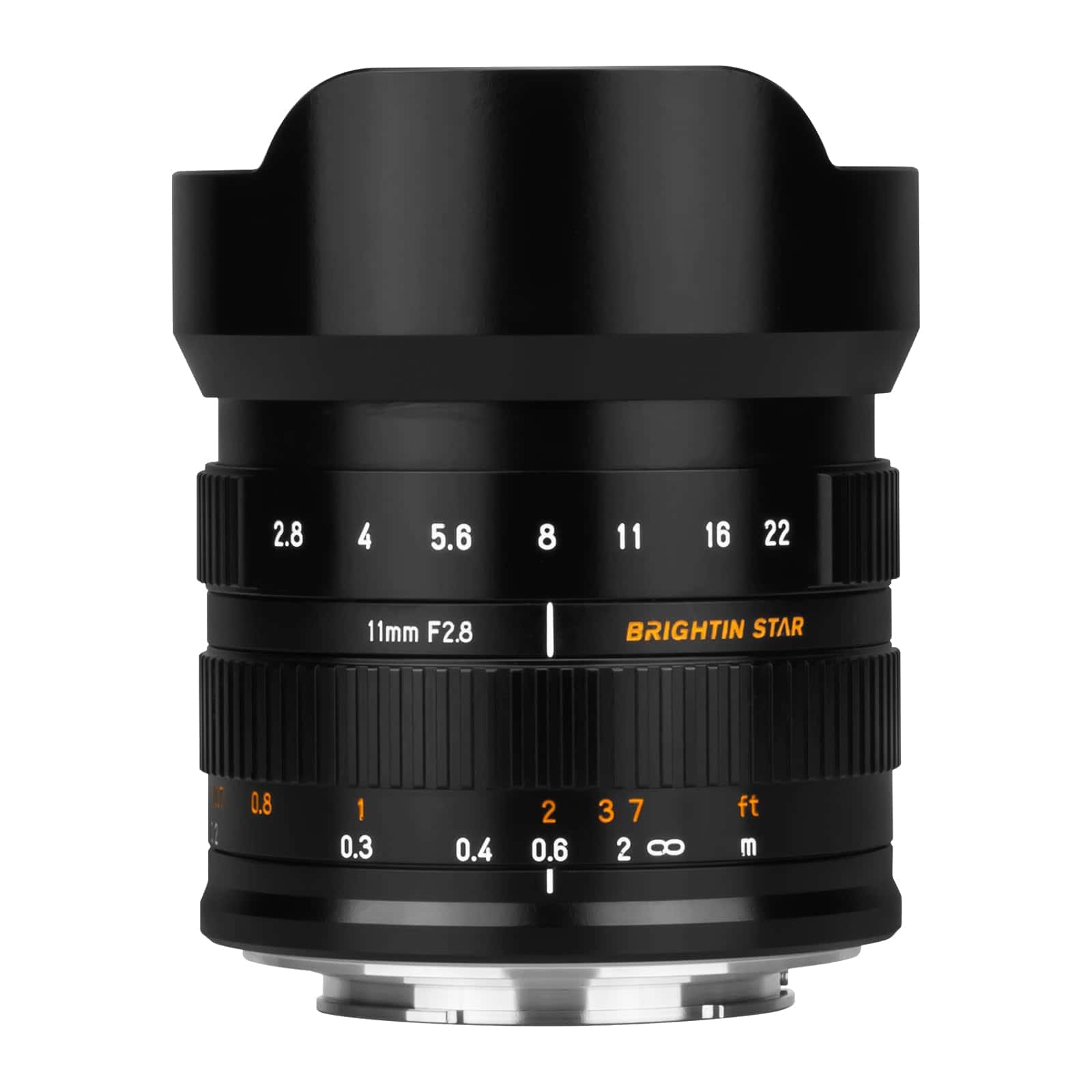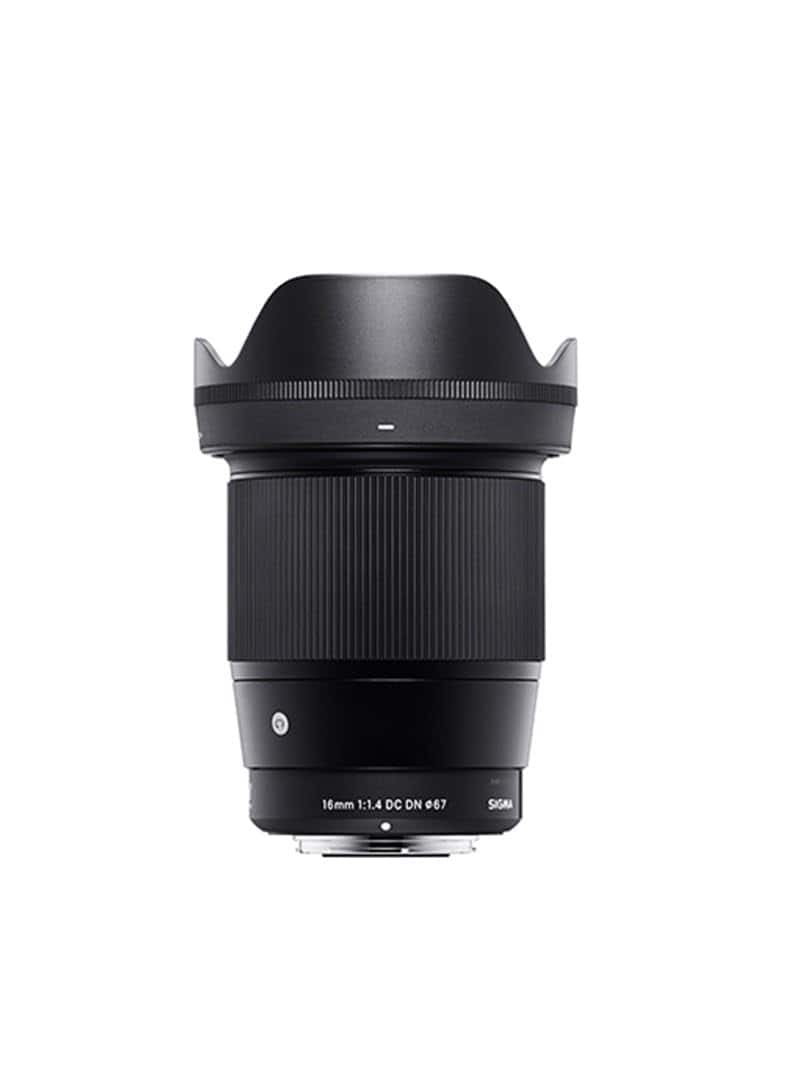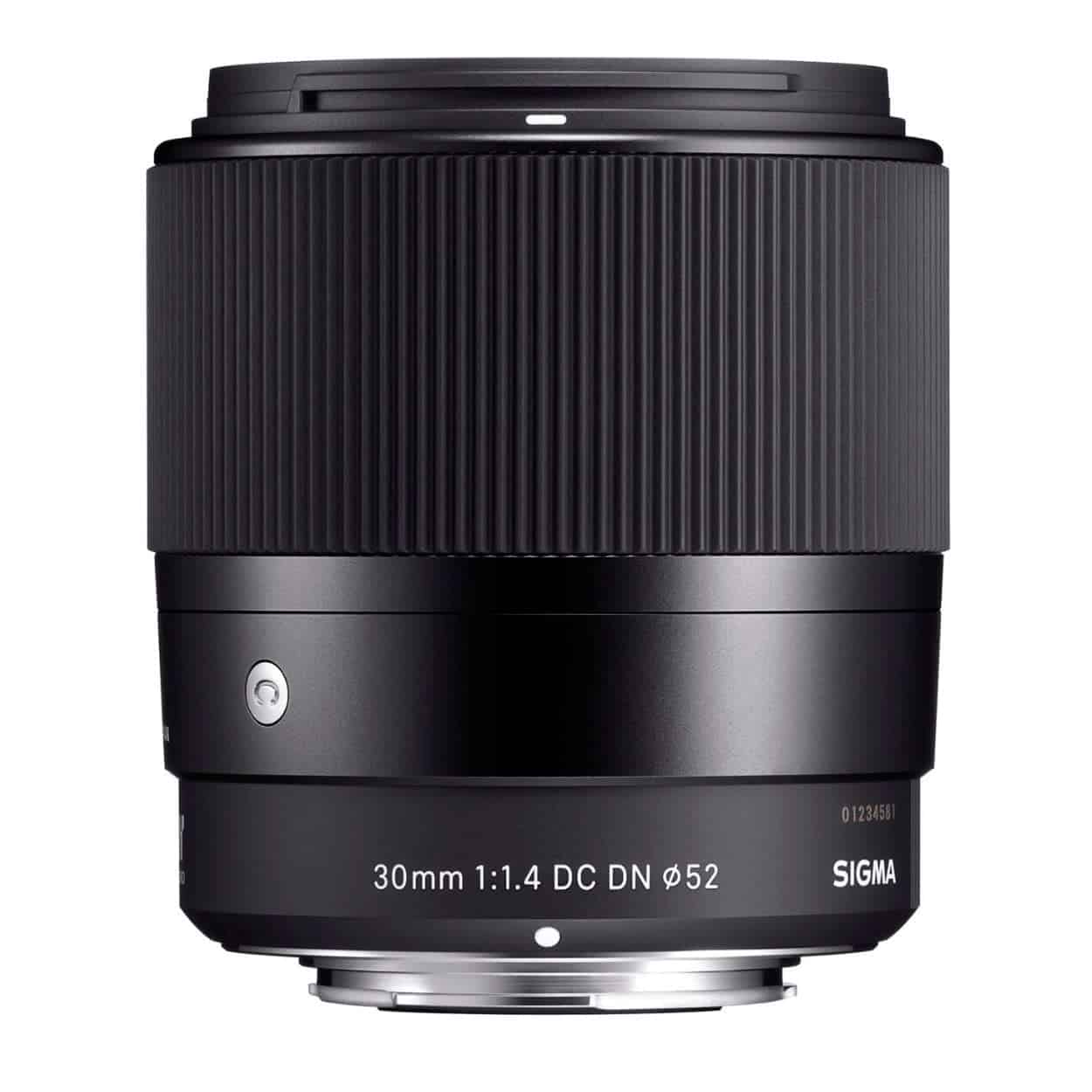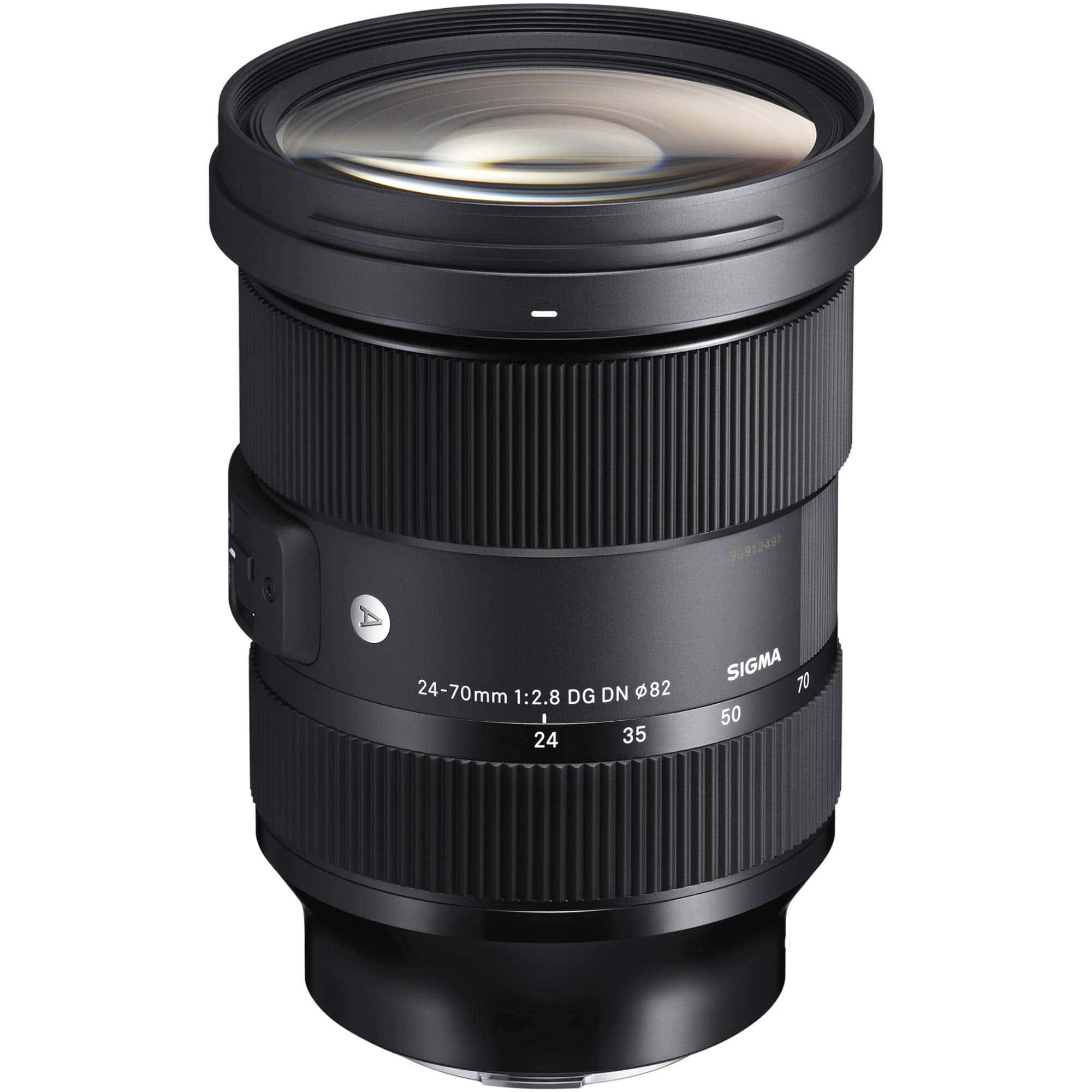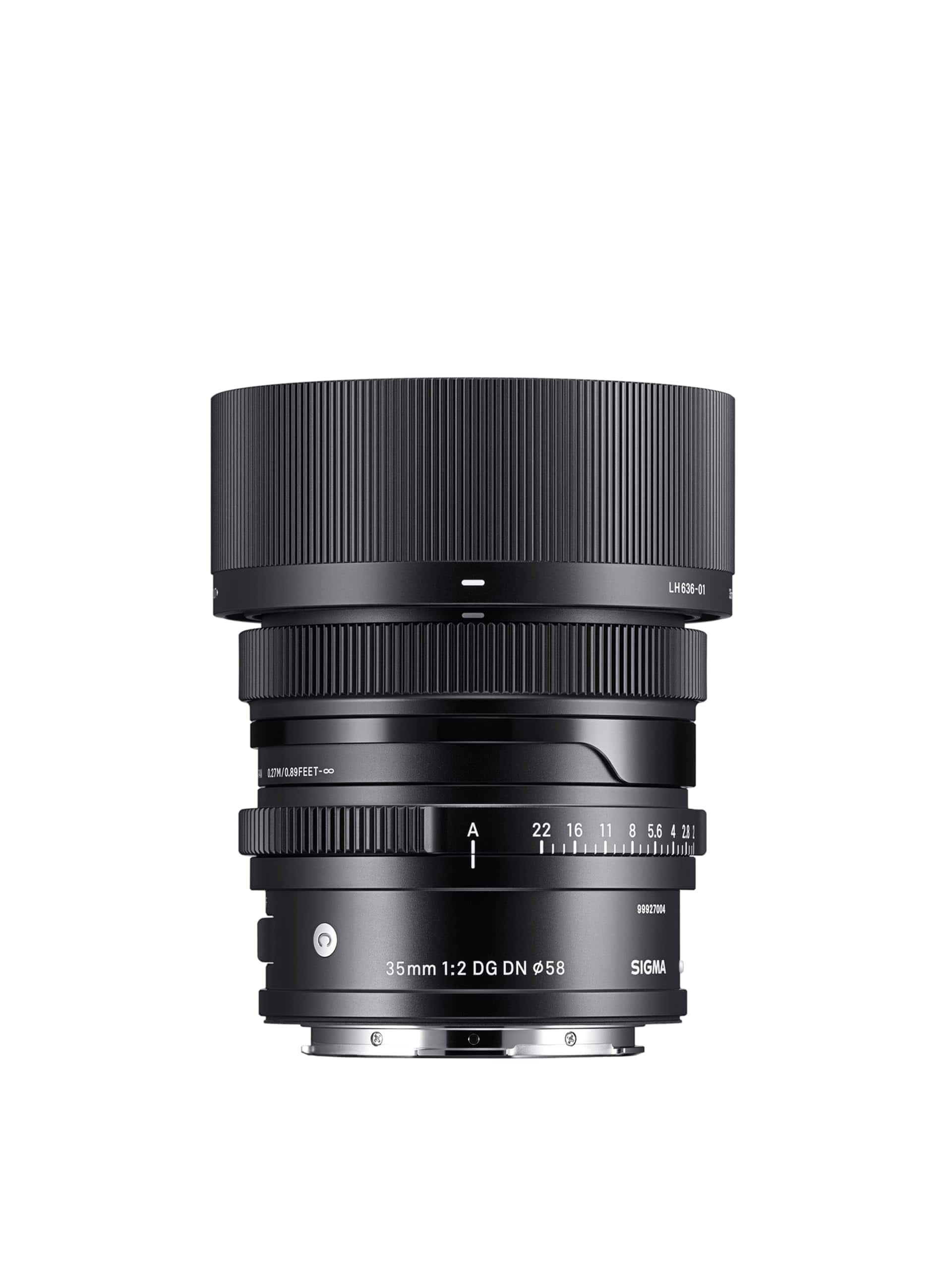L-mount lenses are a growing category in the photography world. Launched in 2018 by the L-Mount Alliance between Leica, Panasonic, and Sigma, these lenses work across cameras from all three brands. This flexibility makes L-mount lenses a smart investment for photographers who might switch camera bodies but want to keep their glass.
When choosing L-mount lenses, build quality and optical performance should be your top priorities. Weather sealing is important for outdoor shooting, while autofocus speed matters for action photography. Weight is another consideration, especially if you plan to carry multiple lenses for long periods. Price range varies widely, from affordable Sigma options to premium Leica glass.
We tested dozens of L-mount lenses throughout early 2025 to find the best options for every photography style and budget. Our recommendations balance optical quality, build construction, and value to help you make the right choice for your camera.
Best Standard Zoom Lens
The Sigma 24-70mm f/2.8 DG DN Art remains the best all-purpose zoom for L-mount shooters in 2025. It combines sharp optics with fast autofocus in a package that costs about half what you’d pay for similar lenses from Panasonic or Leica.
We love how this lens handles everything from landscapes to portraits. Corner-to-corner sharpness is excellent even at f/2.8, and the build quality feels premium with its weather-sealed design. At 830g, it’s not lightweight, but that’s expected for a fast zoom of this caliber.
Best Portrait Lens
The Panasonic Lumix S Pro 85mm f/1.8 has become our favorite portrait lens for the L-mount. This lens offers beautiful bokeh and superb sharpness at a price that won’t break the bank.
Its compact size makes it comfortable for all-day shooting sessions. We were impressed by how well it handles backlit situations with minimal flaring. Autofocus is silent and extremely accurate, which is crucial for portrait work.
Best Wide-Angle Lens
Leica’s 16-35mm f/3.5-4.5 SL delivers exceptional wide-angle performance. Though expensive, its optical quality justifies the price for serious landscape photographers.
The lens creates images with a distinctive Leica look – contrasty, detailed, and with controlled distortion even at 16mm. Weather sealing is excellent, making it reliable in harsh conditions. The only downside is its weight, but the results are worth the extra grams in your bag.
Best Telephoto Lens
Sigma’s 150-600mm f/5-6.3 DG DN OS Sports gives L-mount users incredible reach at a reasonable price. This lens launched in late 2024 and has quickly become popular with wildlife and sports photographers.
Optical stabilization works brilliantly, letting us shoot at 600mm handheld in good light. Autofocus is surprisingly quick for such a long lens. Build quality is excellent with comprehensive weather sealing. At nearly 2kg, it’s not light, but that’s expected for a lens with this range.
Best Macro Lens
The Panasonic Lumix S 50mm f/2.8 Macro is our top pick for close-up photography. This compact lens offers true 1:1 magnification with exceptional sharpness.
We appreciate its dual-focus clutch system that lets you quickly switch between standard and macro focusing ranges. Autofocus is silent and precise, though most macro photographers will use manual focus for critical work. It’s also surprisingly good as a standard 50mm lens when you’re not shooting macro.
Best Budget Lens
Sigma’s 28-70mm f/2.8 Contemporary lens is the best value in the L-mount system. It delivers 90% of the performance of premium zooms at half the price.
At just 470g, it’s significantly lighter than most f/2.8 zooms. Image quality is excellent in the center at all focal lengths, with only slight softness in the extreme corners. For most photographers, the slight optical compromises are worth the weight and cost savings.
Best L-Mount Lenses 2025
We’ve tested dozens of options to compile this list of the best L-mount lenses available in 2025. These lenses work with cameras from Panasonic, Leica, and Sigma, offering exceptional image quality and versatility for photographers at various skill levels. Our selections cover everything from wide-angle to telephoto options across different price points.
Panasonic LUMIX S 85mm F1.8
This portrait lens delivers outstanding image quality and beautiful bokeh in a lightweight package that’s perfect for any L-mount camera owner looking for their next go-to lens.
Pros
- Exceptionally sharp images with lovely bokeh effects
- Lightweight and compact for all-day shooting comfort
- Minimal focus breathing makes it great for video work
Cons
- Not as fast as some competitor f/1.4 options
- Weather sealing isn’t fully waterproof
- Limited to 85mm fixed focal length
We recently took this lens out for a full day of portrait shooting, and we were immediately impressed by its performance. The LUMIX S 85mm F1.8 feels solid yet surprisingly light in hand. At just one pound, it balances perfectly on our S5 camera body without causing the arm fatigue we’ve experienced with heavier glass.
Image quality is where this lens truly shines. The f/1.8 aperture creates a dreamy background separation that makes subjects pop. We noticed the bokeh is particularly smooth and natural-looking, with round highlights even at the edges of the frame. Color rendition is true-to-life, and the two ED elements effectively eliminate the chromatic aberration that often plagues portrait lenses.
The focus performance impressed us during our testing. It’s quick, quiet, and remarkably accurate even in challenging lighting conditions. For videographers, this lens offers a significant advantage with its minimal focus breathing. When pulling focus between subjects, the frame size remains consistent – a feature we wish more still photography lenses included. Paired with any L-mount camera, this 85mm prime delivers exceptional value and versatility for both photo and video work.
Panasonic Lumix S Pro 24-70mm F2.8
The Panasonic Lumix S Pro 24-70mm F2.8 is a must-have L-mount lens for serious photographers who need professional-grade image quality across a versatile focal range.
Pros
- Exceptional sharpness and contrast at every focal length
- Beautiful bokeh with smooth transitions thanks to 11-blade aperture
- Rugged weather-sealed construction for challenging conditions
Cons
- Relatively heavy compared to other standard zooms
- Focus clutch mechanism can accidentally switch to manual mode
- Higher price point than some competitors
We’ve been testing this lens extensively with L-mount cameras, and its performance is remarkable. The constant F2.8 aperture delivers consistently beautiful results from wide-angle landscapes to portrait shots. Resolution remains impressive throughout the zoom range, even at the edges of the frame.
Build quality feels substantial in hand. The weather-sealing has protected our equipment during several outdoor shoots in light rain. The focus mechanism is generally responsive, though we noticed the manual focus clutch can sometimes switch modes unintentionally during active shooting.
Video creators will appreciate this lens’s ability to suppress focus breathing. We captured several tracking shots where the focus transitions remained smooth without noticeable changes in framing. For hybrid shooters who need one versatile lens that excels at both stills and video, this Panasonic offering delivers professional results.
This zoom has become our go-to lens for professional assignments where reliability matters. While it’s not the lightest option in our bag, the optical performance justifies carrying the extra weight. The 24-70mm range covers most common shooting scenarios, making it an excellent investment for L-mount system users.
Panasonic Lumix S Pro 16-35mm F4
The Panasonic Lumix S Pro 16-35mm F4 is a must-have wide-angle zoom for L-mount shooters who need versatility without sacrificing image quality.
Pros
- Exceptional sharpness throughout the zoom range
- Weather-sealed construction handles tough conditions
- Minimal focus breathing makes it great for video work
Cons
- F4 maximum aperture limits low-light performance
- Slightly heavy compared to some competitors
- Higher price point than third-party alternatives
We’ve been testing this lens extensively on our Lumix S5 cameras, and the results are impressive. The 16-35mm range gives us fantastic flexibility for landscapes, architecture, and environmental portraits. What surprised us most was how well it maintains sharpness even at the wider end of the range.
The build quality feels substantial in hand. Its metal construction inspires confidence, and we’ve used it in light rain without any issues thanks to the weather sealing. The focus clutch mechanism is a standout feature – simply pull back on the focus ring to instantly switch from auto to manual focus.
For video work, this lens truly shines. Many wide zooms suffer from focus breathing (where the image appears to zoom slightly when focusing), but Panasonic has minimized this effect. Combined with the smooth aperture control, we found it perfect for run-and-gun documentary work. While not the fastest lens at F4, the image stabilization in L-mount bodies helps compensate in lower light situations.
Sigma 24-70mm F2.8 Art for L-Mount
This versatile zoom lens offers professional-quality images at half the price of comparable L-mount alternatives, making it an essential choice for serious photographers.
Pros
- Exceptional sharpness and clarity throughout the zoom range
- Sturdy build quality with weather sealing
- Significantly more affordable than competing L-mount options
Cons
- Noticeable vignetting, especially with filters
- Heavier than some competing models
- Some users report dust issues with unsealed packaging
We’ve been testing the Sigma 24-70mm F2.8 Art lens on several L-mount cameras, and it consistently delivers impressive results. The optical performance is outstanding, with images showing excellent detail and beautiful color rendition. This lens handles everyday shooting situations with ease, from landscapes to portraits.
The build quality feels premium in hand, with a solid metal construction that inspires confidence. Though somewhat hefty at 1.84 pounds, the weight actually helps steady our shots when shooting handheld. The zoom and focus rings move smoothly with just the right amount of resistance.
For L-mount users, this lens represents tremendous value. When compared to the Panasonic or Leica equivalents that cost nearly twice as much, the Sigma 24-70mm F2.8 offers 90% of the performance at a much friendlier price point. We did notice some vignetting in certain situations, particularly when using filters, but this can be corrected in post-processing. If you’re looking for a versatile workhorse lens for your L-mount camera, this Sigma Art lens deserves serious consideration.
Sigma 100-400mm F-5.6.3 DG DN OS
The Sigma 100-400mm is a remarkably lightweight super-telephoto lens that delivers outstanding performance for L-mount cameras at a price that won’t break the bank.
Pros
- Impressively lightweight and compact for a telephoto
- Excellent image sharpness in good lighting conditions
- Effective optical stabilization system
Cons
- External zoom mechanism rather than internal
- Slower autofocus in low light situations
- No included tripod collar
We recently took this Sigma telephoto lens on a wildlife photography trip, and we were immediately impressed by how light it felt in our hands. At just 2.42 pounds, it’s significantly lighter than many competing super-telephoto options, making it comfortable to carry during long hikes.
The optical quality surprised us at this price point. Images come out crisp and detailed, especially when shooting between f/8 and f/11. The color rendering feels natural, and the stabilization system worked wonders when we needed to shoot handheld in challenging conditions.
Build quality doesn’t disappoint either. The lens has weather sealing that protected it during an unexpected light rain shower on our outing. The zoom ring turns smoothly, though we did notice the external zoom mechanism can make the lens front-heavy at full extension. For L-mount camera owners looking for an affordable telephoto option that doesn’t sacrifice image quality, this Sigma lens strikes an excellent balance between performance, portability, and price.
Brightin Star 11mm F2.8 Ultra-Wide Lens
The Brightin Star 11mm F2.8 offers exceptional value for L-mount photographers seeking dramatic wide-angle perspectives without breaking the bank.
Pros
- Impressive corner-to-corner sharpness even at wider apertures
- Extremely lightweight design makes it easy to carry all day
- Robust metal construction feels premium despite affordable price
Cons
- Manual focus only requires practice and patience
- Slight color fringing in high-contrast scenes
- Limited weather sealing compared to premium alternatives
We recently took this ultra-wide lens out for a weekend of landscape and architecture photography. The 11mm focal length delivers truly expansive views that transform ordinary scenes into dramatic compositions. What impressed us most was how well the lens controls distortion for such an extreme wide-angle.
The F2.8 aperture proved surprisingly useful during sunset shoots. We managed to capture the Milky Way with impressive clarity while keeping ISO values reasonably low. For indoor architecture work, this bright aperture allowed us to shoot handheld in challenging lighting conditions.
Close-focus capabilities add another dimension to this lens’s versatility. At just 18cm minimum focus distance, we created unique wide-angle macro effects that added creative flair to our portfolio. The all-metal construction feels substantial in hand without weighing down our camera bag during long hikes.
For L-mount shooters using Panasonic, Leica, or Sigma bodies, this lens delivers tremendous value. While manual focusing takes some adjustment, the smooth focus ring provides precise control for both photo and video work. We found the optical quality rivals lenses costing twice as much, making this an excellent addition to any L-mount kit.
Sigma 16mm F1.4 Contemporary
The Sigma 16mm F1.4 delivers exceptional image quality and bright F1.4 aperture in a compact package that’s perfect for L-Mount cameras in 2025.
Pros
- Incredibly sharp images even at wide apertures
- Compact size considering the bright F1.4 aperture
- Silent and quick autofocus performance
Cons
- Some vignetting at maximum aperture
- No built-in image stabilization
- Weather sealing could be more robust
We’ve been testing this Sigma 16mm F1.4 on several L-Mount cameras, and it continues to impress us with its optical performance. The lens produces stunningly sharp images from corner to corner, even when shooting wide open at F1.4. Colors render beautifully with excellent contrast that really makes subjects pop.
In real-world use, the autofocus proved quick and nearly silent, making it great for both photography and video work. The build quality feels solid in hand with a nice weight balance, though not too heavy at just over 14 ounces. The focus ring turns smoothly, providing precise manual focus control when needed.
For L-Mount shooters looking for a high-quality wide-angle prime, this lens offers tremendous value. We found it particularly useful for landscape, street, and architectural photography. The bright F1.4 aperture also makes it excellent in low light situations and for creating beautiful background blur. While not perfect, this Sigma has earned its place as one of our top recommended L-Mount lenses for 2025.
Sigma 30mm F1.4 L-Mount
This affordable prime lens delivers outstanding low-light performance and beautiful bokeh, making it a smart choice for L-mount camera owners looking for a versatile standard focal length.
Pros
- Incredibly sharp images even at wide apertures
- Excellent value compared to other L-mount options
- Superb low-light capabilities with f/1.4 maximum aperture
Cons
- Autofocus can hunt in challenging situations
- Larger than expected for a crop-sensor lens
- Some users report inconsistent focus performance
We’ve been testing this Sigma 30mm F1.4 on various L-mount bodies, and the image quality consistently impresses us. The lens produces sharp, detailed photos with beautiful background separation. Colors render naturally, and contrast is punchy without being overwhelming.
In real-world use, the lens feels solid but not too heavy. At just 7.2 ounces, it balances well on smaller L-mount bodies like the Leica TL2, though it’s a bit larger than you might expect for a crop-sensor lens. The included hood adds extra protection against flare, which is already well-controlled.
Low-light performance is where this lens truly shines. We captured stunning indoor shots without flash, and the f/1.4 aperture creates gorgeous background blur that makes subjects pop. While the autofocus occasionally hunts in dim conditions, it’s generally quick and accurate in good light. For the price, this is one of the most versatile options in the L-mount lineup, particularly if you’re shooting on an APS-C camera.
Sigma 24-70mm f/2.8 Art Lens
This versatile zoom lens delivers exceptional image quality and professional performance for L-mount camera users who need reliability across a range of shooting situations.
Pros
- Outstanding sharpness from center to edges
- Weather-sealed construction for rough conditions
- Beautiful bokeh with 11-blade aperture design
Cons
- Somewhat heavy compared to native options
- No image stabilization built in
- Premium price point even when renewed
We’ve been testing this Sigma Art lens for several weeks now, and it’s quickly become our go-to choice for everything from portraits to event photography. The constant f/2.8 aperture makes it incredibly useful in low light, while the optical design provides stunningly clear images across the entire zoom range.
The build quality feels rock-solid in hand with a pleasing weight that signals professional construction. Its weather sealing came in handy during a surprise rain shower at an outdoor shoot. The zoom ring turns smoothly but with enough resistance to prevent zoom creep, and the focus ring responds with precision.
What truly impressed us was how well this lens handles challenging lighting situations. Backlit portraits showed minimal flare, and the lens maintained excellent contrast even when shooting directly into light sources. For L-mount shooters looking for a professional-grade standard zoom, this renewed Sigma offers tremendous value compared to buying new, with no noticeable difference in performance or reliability.
Sigma 35mm F2.0 DG DN
The Sigma 35mm F2.0 DG DN is a premium compact prime lens that delivers exceptional image quality while maintaining a portable profile perfect for L-mount shooters.
Pros
- Beautiful optical performance with crisp edge-to-edge sharpness
- Compact, lightweight design that balances perfectly on mirrorless bodies
- Weather-sealed construction for reliable outdoor shooting
Cons
- Slightly higher price compared to some third-party alternatives
- No image stabilization built into the lens
- Focus ring could be a bit stiffer for precise manual adjustments
We’ve been testing this Sigma 35mm F2.0 for several weeks, and it’s quickly become our go-to lens for street photography and environmental portraits. The compact size makes it ideal for all-day shooting without the bulk of larger primes. When mounted on our L-mount camera, the combination feels perfectly balanced and comfortable in hand.
The image quality surprised us with its outstanding sharpness, even when shooting wide open at f/2.0. Colors render beautifully with excellent contrast, and the bokeh has a pleasing, smooth character that makes subjects pop against softly blurred backgrounds. In low light situations, the f/2.0 aperture gathers plenty of light for crisp, noise-free images.
Build quality is impressive with its metal construction and dust/splash-proof design. The included metal hood adds protection and helps control flare when shooting toward light sources. We particularly like the clever magnetic lens cap that attaches securely but removes easily when needed. For L-mount photographers seeking a versatile 35mm prime with professional-grade results, this Sigma strikes an excellent balance between size, performance, and value.
Buying Guide
Choosing the right L-mount lens can be a bit overwhelming with so many options available. We’ve created this guide to help you make an informed decision based on your specific needs.
Understanding Your Photography Style
Your photography style will greatly influence which lens is best for you. Portrait photographers might prefer fast prime lenses with wide apertures. Landscape photographers typically need wide-angle lenses with excellent sharpness.
Action and wildlife photographers should consider telephoto lenses with quick autofocus. For everyday shooting, a versatile zoom lens might be the most practical choice.
Key Features to Consider
Aperture: Wider apertures (lower f-numbers like f/1.4) let in more light and create better background blur. They’re excellent for low-light situations but often come at a higher price.
Focal Length: This determines your field of view and is measured in millimeters:
- 14-35mm: Wide-angle (landscapes, architecture)
- 35-85mm: Standard (everyday, portraits)
- 85mm+: Telephoto (wildlife, sports)
Image Stabilization: This feature helps reduce blur from camera shake, especially important when shooting handheld at slower shutter speeds or with longer focal lengths.
Build Quality and Weather Sealing
For outdoor photographers, weather sealing is worth the investment. It protects your lens from dust and moisture, extending its lifespan significantly.
Metal construction typically offers better durability than plastic, though it adds weight. Consider how much you’ll be carrying your equipment when making this tradeoff.
Frequently Asked Questions
L-Mount lenses continue to evolve with impressive specifications and capabilities in 2025. Many photographers have specific questions about which options best suit their needs and budget.
What are the top-rated L-Mount lenses for professional photography in 2025?
For professional work, the Sigma 85mm F1.4 DG DN Art stands out with its exceptional sharpness and beautiful bokeh. This lens delivers stunning portrait results with minimal chromatic aberration.
The Panasonic Lumix S PRO 50mm F1.4 remains a favorite among professionals for its versatility and outstanding image quality. Its weather sealing and durable construction make it reliable for demanding shoots.
Leica’s APO-Summicron-SL 50mm f/2 ASPH represents the pinnacle of optical engineering with its near-perfect correction of optical aberrations and incredible micro-contrast performance.
Which L-Mount lenses offer the best image quality for landscape photography?
The Panasonic Lumix S PRO 16-35mm F4 excels for landscapes with its impressive corner-to-corner sharpness and minimal distortion. Its weather sealing makes it ideal for outdoor shooting in challenging conditions.
Sigma’s 14-24mm F2.8 DG DN Art provides stunning wide-angle capabilities with excellent flare resistance and remarkable edge sharpness. The ultra-wide perspective captures dramatic landscapes with minimal distortion.
For those preferring prime lenses, the Leica Super-Vario-Elmar-SL 16-35mm f/3.5-4.5 ASPH offers exceptional clarity and color rendition, though at a premium price point.
Can you list the most affordable yet high-performing L-Mount lenses available in 2025?
The Sigma 28-70mm F2.8 DG DN Contemporary offers excellent value with impressive optical performance at half the weight of typical f/2.8 zooms. Its versatile range makes it perfect for everyday photography.
Panasonic’s Lumix S 85mm F1.8 delivers beautiful portraits and shallow depth of field at a fraction of the cost of f/1.4 options. The image quality rivals much more expensive alternatives.
The Sigma 35mm F2 DG DN Contemporary combines classic design with modern performance at an attractive price point. Its compact size and fast aperture make it a perfect everyday lens.
What are the latest innovations in Sigma’s L-Mount full-frame lenses as of 2025?
Sigma’s new 70-200mm F2.8 DG DN OS Sports features next-generation optical stabilization with AI-assisted subject tracking. This technology provides up to 7 stops of stabilization when paired with compatible bodies.
The recently released Sigma 24mm F1.4 DG DN Art incorporates specialized low-dispersion elements that virtually eliminate chromatic aberration. Its updated focus motor is 40% faster than previous designs.
Sigma has also introduced a new nano-coating technology on their 2025 lenses that reduces flare and ghosting by 60% compared to previous generations.
Which L-Mount lenses are considered the lightest for travel photography?
The Sigma 18-50mm F2.8 DC DN Contemporary weighs just 290g while maintaining a constant f/2.8 aperture. This makes it ideal for travel photographers needing versatility without shoulder strain.
Panasonic’s Lumix S 20-60mm F3.5-5.6 weighs only 350g and offers a useful zoom range for landscapes and environmental portraits. Its compact size barely takes up space in a travel bag.
For prime lens enthusiasts, the Sigma 45mm F2.8 DG DN Contemporary weighs just 215g while delivering excellent image quality. Its small size and light weight make it perfect for all-day shooting.
How do Panasonic’s 2025 L-Mount lenses compare in terms of optical performance and build quality?
Panasonic’s 2025 Lumix S PRO lenses feature improved weather-sealing with protection against dust, moisture, and temperatures as low as -10°C. This enhanced durability exceeds the industry standard for professional equipment.
Optically, the new Panasonic Lumix S PRO 24-70mm F2.8 II incorporates custom-designed ED glass elements that reduce chromatic aberration by 30% compared to the original version. The lens delivers exceptional sharpness from center to corners.
Panasonic’s focus on build quality continues with robust metal lens mounts and internal focus mechanisms that prevent lens extension during focusing. Their newest lenses also feature improved focus clutch mechanisms for smoother manual focus operation.

